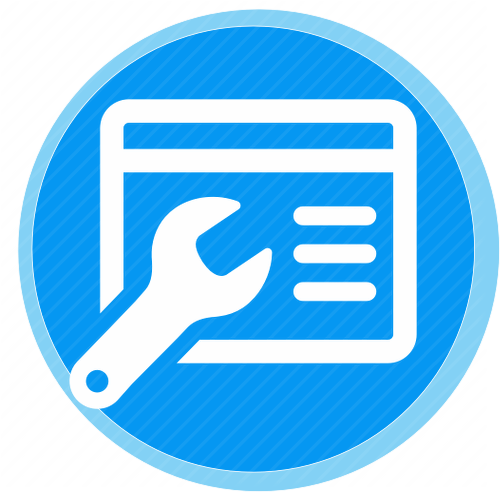Information We Need
Home Page Info
The homepage should make clear what your business or organization does. The homepage should catch the visitor's attention, leave a good impression, lead the visitor to further information or encourage some kind of action to be performed. Often it may make sense to include your contact info or business hours directly on your front page.
News (Blog) Info
The news page is your optional blog. A blog is one of the most cost-effective and easiest ways to promote your business or organization. It can drive traffic to your website, increase your sales, establish you as an authority in your industry and also help you to reach new markets.
Products/Services Info
The product/service page should explain what your business or organization offers. Information should be detailed yet straight-to-the-point since the reader is unlikely to spend more than a couple of minutes on it and you have to make the most of this time. People are commonly interested in the range of products or services, their quality and price.
Contact Us Info
A detailed contacts section is a must. It should contain phone numbers, working hours, your address and a map of how to get there. We'll also include a contact form so that people can send a message without having to open their email program.
About Us Info
This page should include information about your business or organization. This section can include company achievements, any big advantages and history if it's interesting enough.
Gallery
A gallery section is recommended to illustrate your services or completed projects. They say a picture is worth a thousand words. To ensure a good impression, you should only include top quality images.
Store
If you sell something, you should consider creating a product catalog. A catalog gives visitors the chance to get information about the items for sale by the company. By adding online store features, you can transform your catalog into a fully functioning online store. That way, the company's goods can be viewed and purchased 24/7.
However, it's important to know that creating and maintaining a product catalog can be a lot of work since each item requires photos and a description which takes time to create, especially if the range of products is vast or regularly updated.
If a user is torn between two companies, one of which has a wide and beautiful range of products, and the other only promises that, the winner will most often be the company with the beautiful catalog.
Other Pages
You can add news, advice, publications and other sections. The more valuable content a website serves, the more “lively” an impression the company leaves on visitors and search engines which gives higher rankings to websites with relevant content.
Less Is More
It's important to note that visitors usually spend very little time on a website, so the amount of content isn't always key. Being able to find key information is much more important. These guidelines usually work best: No more than 7 main sections to keep your navigation clean and easy to understand; No more than one sub-level to ensure that visitors do not have to wonder through complex tree-menus to find what they are looking for. (It's okay to have a large number of products or publications. Major sections like the catalog and blog page are usually designed as single sections and don't dominate over the website's main menu.)

